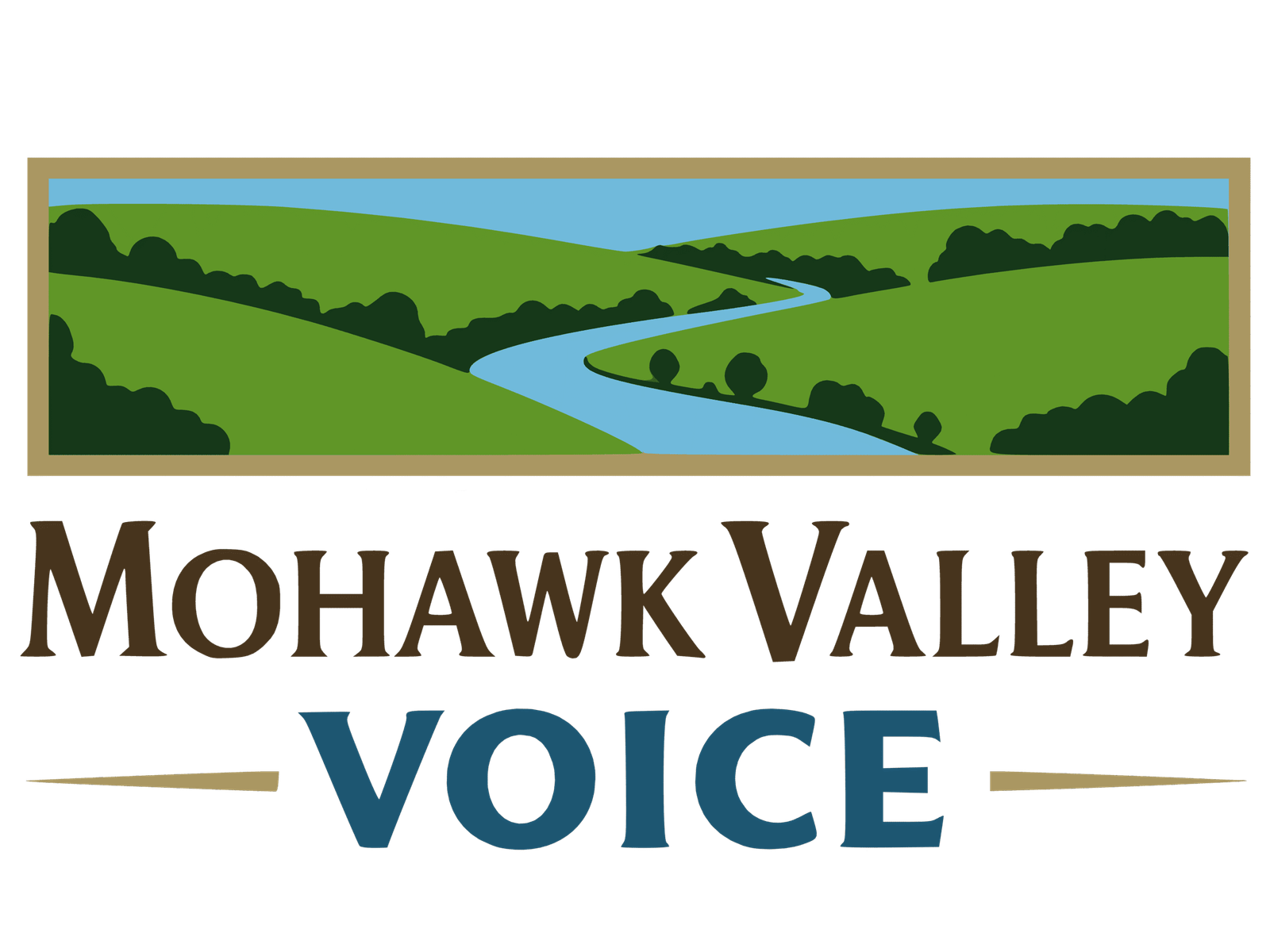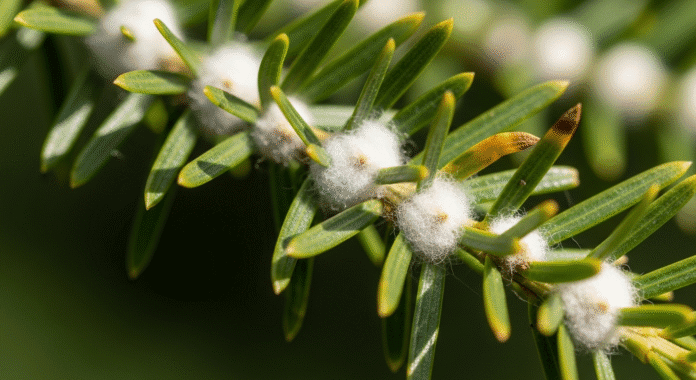Invasive Pest Threatens Eastern Hemlocks and Adirondack Ecosystems
The hemlock woolly adelgid is creeping further into New York’s Adirondack Park, posing a severe threat to the vital eastern hemlock forests that support the region’s water quality, soil integrity, and wildlife habitat. Recent sightings by the New York State Department of Environmental Conservation (DEC) in Essex and Saratoga counties confirm that this invasive pest is now reaching areas where its impact could ripple throughout the ecosystem. This article explains the current situation, identifies the pest, details its ecological consequences, and outlines community actions that can help protect these iconic forests.
Where the Pest Has Been Spotted
Recent Sightings in Essex and Saratoga Counties
The DEC has verified fresh detections of the hemlock woolly adelgid (HWA) in two new regions: along the western shore of Lake Champlain near the Port Douglas area in Essex County and at the north end of Great Sacandaga Lake close to the Conklingville Dam in Saratoga County. Previously, HWA infestations had been largely limited to areas like the Lake George watershed, making these latest confirmations particularly alarming.
Residents and environmental volunteers contributed to these detections through the iMapInvasives reporting tool. Their quick action allowed authorities to track the pest’s expansion, underscoring the importance of public vigilance in managing invasive species. The progression of HWA into new territories signals potential risks for a broader swath of the Adirondack ecosystem.
The Ecological Impact of Eastern Hemlocks
Why Eastern Hemlocks Matter
Eastern hemlocks play a vital role in maintaining the ecological balance of the Adirondacks. Their thick canopies provide a natural cooling system for streams, help prevent soil erosion, and offer sheltered habitats for a variety of birds and small mammals. In essence, eastern hemlocks are a foundation species; their health directly influences the overall vitality of the forest.
DEC Commissioner Amanda Lefton has stated, “Hemlocks are a foundation species in our forests. Their loss would be devastating to the region’s environmental balance.” In addition to supporting wildlife, hemlocks also help stabilize water temperatures in nearby streams, which is crucial for fish populations and aquatic ecosystems.
Consequences of HWA Infestation
The hemlock woolly adelgid feeds on the sap of hemlock twigs and branches. Minute insects may seem harmless at first; however, their feeding disrupts a tree’s nutrient flow and ultimately leads to its decline and death. In some cases, a healthy tree can die within a decade after infestation.
The consequences will likely include:
• Increased erosion along lake and stream shores, as the root systems of dying hemlocks no longer hold soil in place.
• Warmer stream water, which puts native fish and aquatic plants at risk.
• Reduced wildlife habitat, impacting birds, insects, and mammals that depend on cool, shaded forest areas.
The cumulative effects of these changes could alter the delicate balance of the Adirondack ecosystem permanently.
Identifying the Hemlock Woolly Adelgid
Key Features to Recognize
The name “woolly adelgid” originates from the distinctive, white, cottony sacs that these insects produce. These capsules are most noticeable at the base of the hemlock needles, particularly during winter and early spring. In warmer months, the insects can appear as tiny, black dots encircled by a faint white halo along the branches.
An identification checklist that can help volunteers and landowners includes:
• Observing white, fuzzy masses near the base of needles, especially in colder months.
• Noticing clusters of small, black insects on emerging new growth during summer.
• Looking for signs like thinning foliage, premature needle drop, or branch dieback as indicators of infestation.
Early detection is imperative. Since the damage caused by HWA can progress rapidly, identifying and reporting infestations early may preserve entire stands of vulnerable hemlocks.
Community Engagement and Reporting
The Role of Public Awareness
The fight against the hemlock woolly adelgid is not one that environmental agencies can win alone. Public reporting is vital in slowing the pest’s spread. Conservation experts and officials encourage everyone—from hikers and campers to local property owners—to become familiar with HWA’s appearance and report any suspected sightings immediately using the iMapInvasives app.
Brian Greene, director of the Adirondack Park Invasive Plant Program, emphasizes, “While this new infestation is concerning, it also shows the value of public awareness and timely reporting. Every report helps us better understand the spread of this pest and contributes to the effort to protect hemlock forests.” This call to action underlines the community’s essential role in safeguarding natural resources.
How You Can Contribute
If you’re exploring or working near hemlock forests, consider these steps:
• Regularly inspect hemlock trees, particularly during seasonal transitions when signs are most visible.
• Avoid moving firewood or natural materials from one area to another as these can inadvertently transport the pest.
• Clean your hiking gear after visiting areas where infestations may be present.
• Promptly report any signs of HWA through the DEC’s designated channels, ensuring that trained professionals can assess and respond.
Collective vigilance and responsive community actions can help slow the spread of HWA, buying time to implement more robust, long-term management strategies.
Integrated Management Strategies
Efforts by the DEC and Conservation Partners
The DEC, along with collaborative efforts from programs such as the Adirondack Park Invasive Plant Program and the New York State Hemlock Initiative, is exploring multi-pronged approaches to manage HWA infestations. Among these strategies are:
• Biological controls that incorporate predator beetles and silver flies, natural enemies of HWA, to curb the pest population.
• Carefully targeted pesticide applications in high-value conservation areas to arrest further damage while minimizing harm to native species.
• Continued monitoring and research to better understand the pest’s behavior in relation to changing climate patterns in the region.
The Influence of Climate Change
Climate change plays a significant role in the spread of invasive species like HWA. Warmer winters ensure higher survival rates for the pest, enabling it to extend its range further north than before. This interplay between invasive species dynamics and global warming reinforces the urgency of addressing both local ecological challenges and broader environmental changes.
Stand Together to Protect Our Forests
The advance of the hemlock woolly adelgid into the Adirondacks is a stark reminder of how vulnerable our native ecosystems are to invasive species. Eastern hemlocks are not only beautiful trees; they are the lifeblood of the region’s water, soil, and wildlife systems. Immediate action—from learning to identify the pest to reporting sightings—can help mitigate the potential devastation.
As you plan your next hike or outdoor exploration, take a moment to inspect the hemlocks and share information with fellow nature enthusiasts. Every single report has the power to slow HWA’s advance and protect the Adirondack forests for future generations. Should you spot signs of an infestation, use the iMapInvasives app or contact the DEC promptly. Your contribution is essential in preserving the natural integrity of this cherished region.




